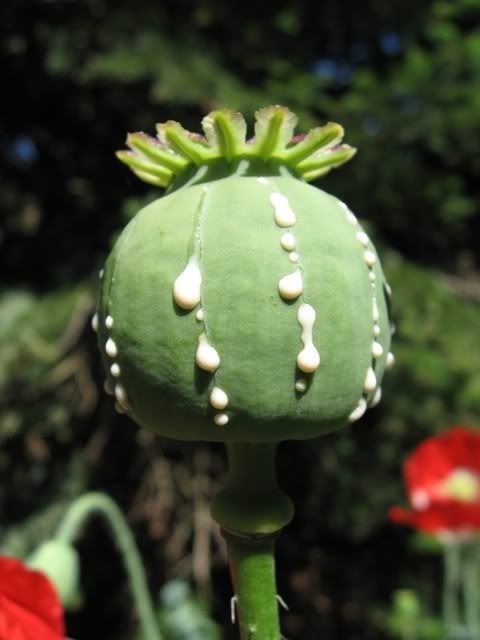|
|||||||
| Coffee Lounge Talk amongst other community members. |
 |
|
|
LinkBack | Topic Tools | Rate Topic |
|
|||
|
Opium was legal in Canada until 1908; Victoria had as many as 13 factories
pretty cool read about the opium industry in early bc
When large numbers of Chinese immigrants came to San Francisco for the gold rush in the 1840s, they brought with them a habit from home: opium smoking. And when the gold rush moved north to British Columbia, so did Chinese miners -- and their habit. In fact opium was entirely legal in Canada until 1908, and the drug, which is derived from the poppy plant, was one of the economic engines of early Victoria. The Kwong Lee, Tai Soong and Yan Wo Sang companies in Chinatown were the first three opium importers and manufacturers. The number of opium factories increased to eight in 1884 and to 13 in 1888. Most of the 13 factories were located on Cormorant Street between Government and Store streets (a section that is now part of Pandora Avenue), then the business centre of Chinatown, and had annual output of nearly 90,000 pounds. The processed opium was sold for about $7 per pound in the 1860s but the price had increased to $10 per pound in the 1870s and to $15 in the 1880s and 1890s. Opium was sought because of its effects: A member of the narcotic family, it offers relief from pain and anxiety as well as relaxation. Rich merchants smoked opium at home, while labourers frequented the opium dens in basements of many Chinatown buildings. Some Chinese associations even tried to encourage officials to attend meetings by offering free opium-smoking after the meetings were over. The use of opium was not restricted to Chinese men only. In February 1881, a Chinese in Victoria told a reporter of the Colonist that 14 or 15 white persons frequented the Chinese opium dens of whom three or four were women and two or three were young boys. The white addicts usually did not smoke opium but drank laudanum, a mixture formed by dissolving the opium in alcohol. Various levels of government not only permitted the manufacture and sale of opium -- they profited from it. In 1865, Chinese opium sellers paid the city of Victoria an annual licence fee of $100, which was increased to $250 by 1886. In 1896, the city of Nanaimo derived $9,139 from licence fees, of which $500 came from opium licences, second only to liquor licences. After British Columbia joined Confederation in 1871, duty on opium import became a great source of government revenue. From 1872 to 1900, for example, the duty on opium imported into British Columbia amounted to nearly $1.15 million. In the 1870s, opium was British Columbia's third largest export to the U.S. after coal and fur. Although Chinese residents had always been condemned for smoking opium, there was no moral stigma attached to the lucrative opium trade and manufacture. Opium was economic engine for the city |
 |
|
|
 Similar Topics
Similar Topics
|
||||
| Topic | Topic Starter | Forum | Replies | Last Post |
| WEMF July 8 -10th Orangeville Fairgrounds , Ont. | PARTYGIRLSTAYC | Other Locations | 3 | May 15, 05 04:19 AM |
| The im not going to IMF thread | e_BoY | Coffee Lounge | 23 | Jul 05, 04 10:54 AM |
| WEMF -toronto (line up announced) | PokemonMasta | Meetups and Carpooling | 28 | Jun 12, 04 01:57 PM |
| WEMF line up | Gilkayo | Coffee Lounge | 16 | Jun 21, 03 07:44 PM |
All times are GMT -7. The time now is 05:36 AM.










